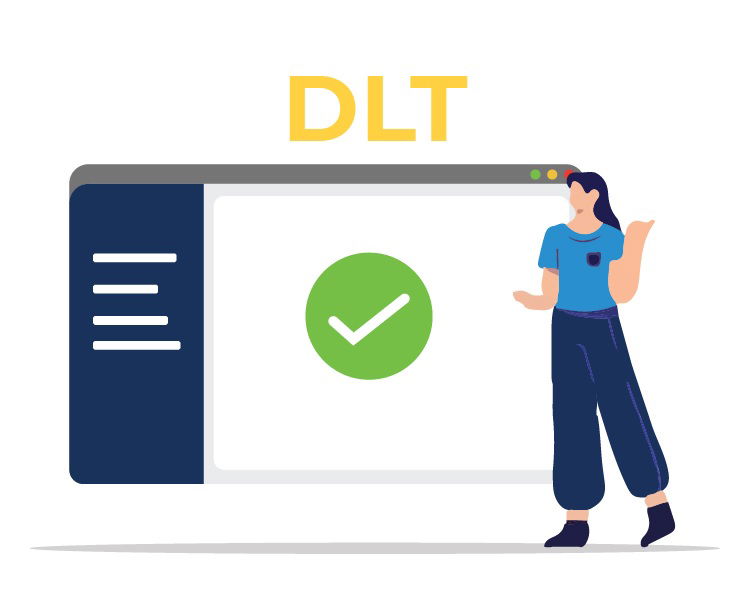Marketing Campaigns: Businesses use bulk SMS to promote their products, services, or special offers to a large number of customers. It's a cost-effective way to reach a broad audience quickly.
Customer Engagement: Organizations use bulk SMS to engage with their customers by sending updates, reminders, notifications, and alerts. This helps in improving customer service and keeping customers informed about important information.
Transactional Alerts: Banks, financial institutions, and e-commerce platforms use bulk SMS to send transactional alerts such as account balance updates, payment confirmations, order status notifications, and OTPs for secure transactions.
Event Promotions: Event organizers often use bulk SMS to promote events, send invites, and provide event details to attendees.
Key features and benefits of Bulk SMS services include:
- Efficiency: Messages can be sent instantly to a large number of recipients.
- Cost-Effectiveness: Bulk SMS is generally more affordable than traditional marketing methods like print advertising or direct mail.
- Targeted Messaging: Businesses can segment their audience and send personalized messages based on demographics or user behavior.
- High Open Rates: SMS messages typically have high open rates compared to email, making them effective for time-sensitive communications.
- Ease of Use: Most bulk SMS platforms offer user-friendly interfaces and tools for managing contact lists, scheduling messages, and tracking delivery.



OTP SMS involves sending a unique code via SMS to verify the identity of a user during a transaction or login process. OTPs are widely used for security purposes in online banking, e-commerce transactions, account logins, and other services requiring authentication.
Bulk SMS services are a powerful tool for reaching a large audience quickly and efficiently. Here’s a summary of what Bulk SMS entails:
SMS Campaigns: Send personalized SMS campaigns in multiple languages, schedule sends, and include opt-out paths for customer satisfaction1.
Attachments & Links: Enhance messages with images, videos, PDFs, and more as shortlinks to grab attention within the 160-character limit1.
Delivery Reports: Track the effectiveness of campaigns with real-time delivery reports and click metrics for all weblinks and attachments1.
API Integration: Automate sending and receiving SMS through APIs with sample codes available in various programming languages.

Transactional SMS refers to messages that businesses send to customers to relay important information or updates regarding transactions. These messages are typically non-marketing in nature and are intended to provide critical information to the recipient. Here are some key details about transactional SMS:
Purpose: The primary purpose of transactional SMS is to communicate information that is directly related to a transaction or service that the recipient has opted into or initiated. Examples include order confirmations, delivery updates, account alerts, appointment reminders, OTPs (One-Time Passwords), and payment notifications.
Content: Transactional SMS content is usually informational and concise, focusing on delivering specific details relevant to the recipient's recent interaction with the business. It may include transaction IDs, order status, amount paid, scheduled appointments, or other transaction-related information.
Sender ID: Transactional SMS are typically sent from a sender ID that identifies the business or service provider, rather than using a generic or promotional sender ID. This helps recipients recognize and trust the source of the message.
Delivery: Transactional SMS are often delivered promptly, as they contain time-sensitive information that users need to be aware of in real-time. Delivery is usually prioritized over promotional SMS.
Regulations: Many countries have regulations and guidelines regarding transactional SMS, including rules on content, sender identification, and opt-out procedures. Businesses are required to comply with these regulations to ensure transparency and protect consumer privacy.
User Consent: In most cases, recipients of transactional SMS have implicitly provided consent to receive such messages by engaging in a transaction or service with the business. However, they typically have the option to opt out of receiving further transactional messages.
Examples: Common examples of transactional SMS include:
Order confirmation and updates from e-commerce platforms.
Appointment reminders from healthcare providers or service businesses.
Account alerts from banks and financial institutions.
OTPs and verification codes for secure login or transactions.
Overall, transactional SMS play a crucial role in providing timely and relevant information to users, enhancing customer experience, and facilitating secure transactions and interactions between businesses and their customers.

"OTP" typically stands for "One-Time Password." It's a security feature used in authentication processes to verify a user's identity when they attempt to access a system or service. Here’s how it generally works:
Request: When you try to log in or perform a sensitive action (like making a transaction), the system prompts you to enter your OTP.
Generation: The OTP is a randomly generated numeric or alphanumeric code, usually of a fixed length (e.g., 6 digits), valid for a short period (usually a few minutes).
Delivery: The OTP is sent to you via a predefined channel. Common delivery methods include SMS, email, or generated by an authenticator app.
Input: You enter the OTP into the system. This step verifies that you have access to the device or channel through which the OTP was sent.
Verification: The system checks if the OTP you entered matches the one it generated and sent to you. If they match, you are granted access or allowed to complete the transaction.
Expiration: OTPs are typically valid for a short period (usually a few minutes) to enhance security. After this time, they expire and cannot be reused.
OTP adds an extra layer of security beyond passwords alone, as it requires something a potential intruder is unlikely to have (the temporary code) even if they have somehow obtained the user's password.




